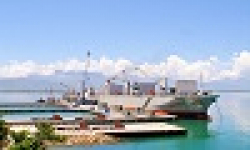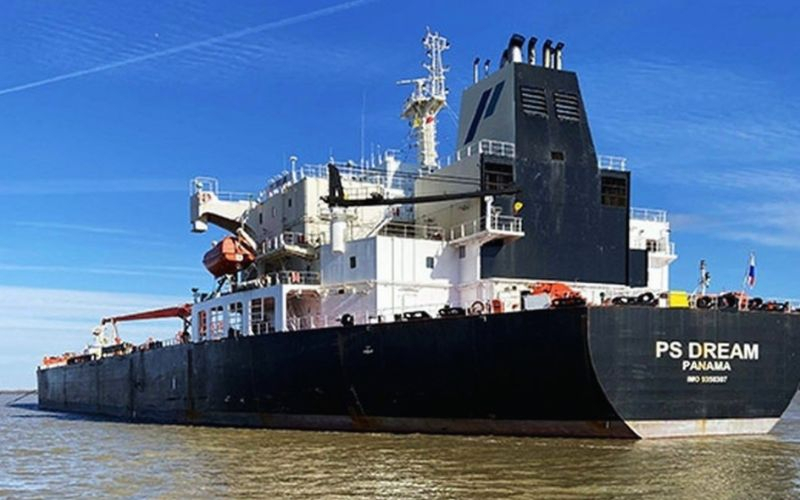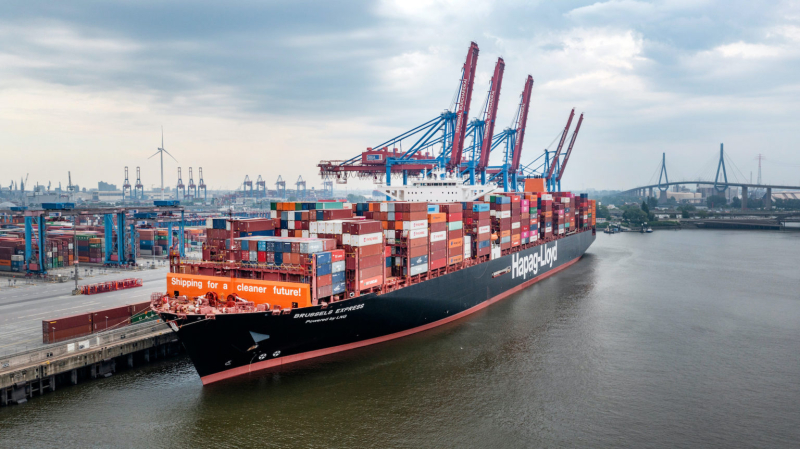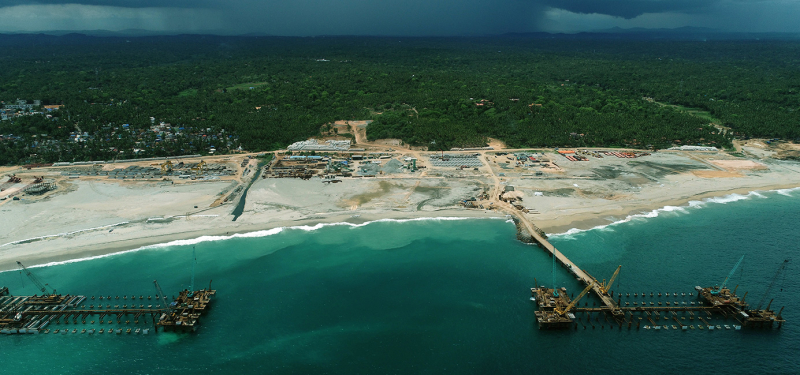
The United States will impose fees on Chinese-built ships calling at American ports—regardless of ownership, in a ruling that the global shipping community has been waiting to hear about for months. The glimmer of good news for non-Chinese owners is that the final measure is less severe than the originally proposed flat fee of $1.5m per port call. Chinese owners, on the other hand, are potentially on the hook for millions of dollars more in fees than originally envisaged in the latest example of the Trump administration singling out the People’s Republic for economic punishment.
Non-Chinese shipowners will be charged the higher of two calculated fees: a tonnage -based fee, starting at $18 per net ton as of October 14, 2025, and gradually increasing to $33 per net ton by April 17, 2028, or a container-based fee, starting at $120 per container discharged on October 14, 2025, that will increase to $250 per container by April 17, 2028.
Non-US-built ships carrying cars will be charged $150 per vehicle.
LNG carriers are required to move 1% of US LNG exports on US-built, operated and flagged vessels within four years. That percentage would rise to 4% by 2035 and to 15% by 2047.
The fees will be applied once each voyage on affected ships, a maximum of six times a year.
Temporary suspension of the fee—up to a maximum of three years—may be granted if the vessel owner orders and takes delivery of a US-built ship of equal or greater net tonnage.
Exemptions apply to smaller vessels, ships on domestic voyages as well as to the Caribbean and in the Great Lakes, and certain specialised vessel types. Also exempt are empty bulk carriers arriving at US ports to load up with exports such as wheat and soybeans. The measures announced yesterday do not apply to container vessels smaller than 4,000 teu. They also do not apply to voyages shorter than 2,000 nautical miles.
Chinese shipowners and operators do look to be hit with far higher bills. They will initially be charged $50 per net ton, rising by $30 a ton each year for the next three years.
For container shipping, where Chinese operators COSCO and OOCL typically operate ships of around 13,000 teu on the transpacific – equivalent to around 60,000 net tons – this translates to to fees of $8.4m per vessel, according to calculations by Lars Jensen, the head of container advisory Vespucci Maritime, who noted today that the new US proposals have no upper limit charges, while the previous proposal had a $1m limit.
“Ships and shipping are vital to American economic security and the free flow of commerce,” US trade representative (USTR) Jamieson Greer said in a statement. “The Trump administration’s actions will begin to reverse Chinese dominance, address threats to the US supply chain, and send a demand signal for US-built ships.”
Not done on its mission to target Chinese maritime infrastructure, the USTR has set May 19 as the date for a hearing into 100% tariffs on ship-to-shore cranes, chassis that carry containers and chassis parts.
While US steel and shipbuilding unions applauded the news from the Trump administration, many shippers voiced concern, amid a time when trade on the transpacific is already collapsing because of the trade war between China and the US.
“We are deeply concerned that the newly announced port fees and shipping mandates are destined to have devastating consequences for American workers, consumers, and exporters,” said Nate Herman, senior vice president of policy at the American Apparel & Footwear Association (AAFA).
Analysts at Signal Ocean, a Greek maritime data analytics company, said the new fees represent a “major cost shock”.
“The short- to medium-term consequences may include rising freight rates, reduced export competitiveness, and shifts in trade routes. Without parallel investments in US shipbuilding capacity and greater policy clarity, the risk of trade disruptions and inflationary pressures will persist,” Signal warned.





























